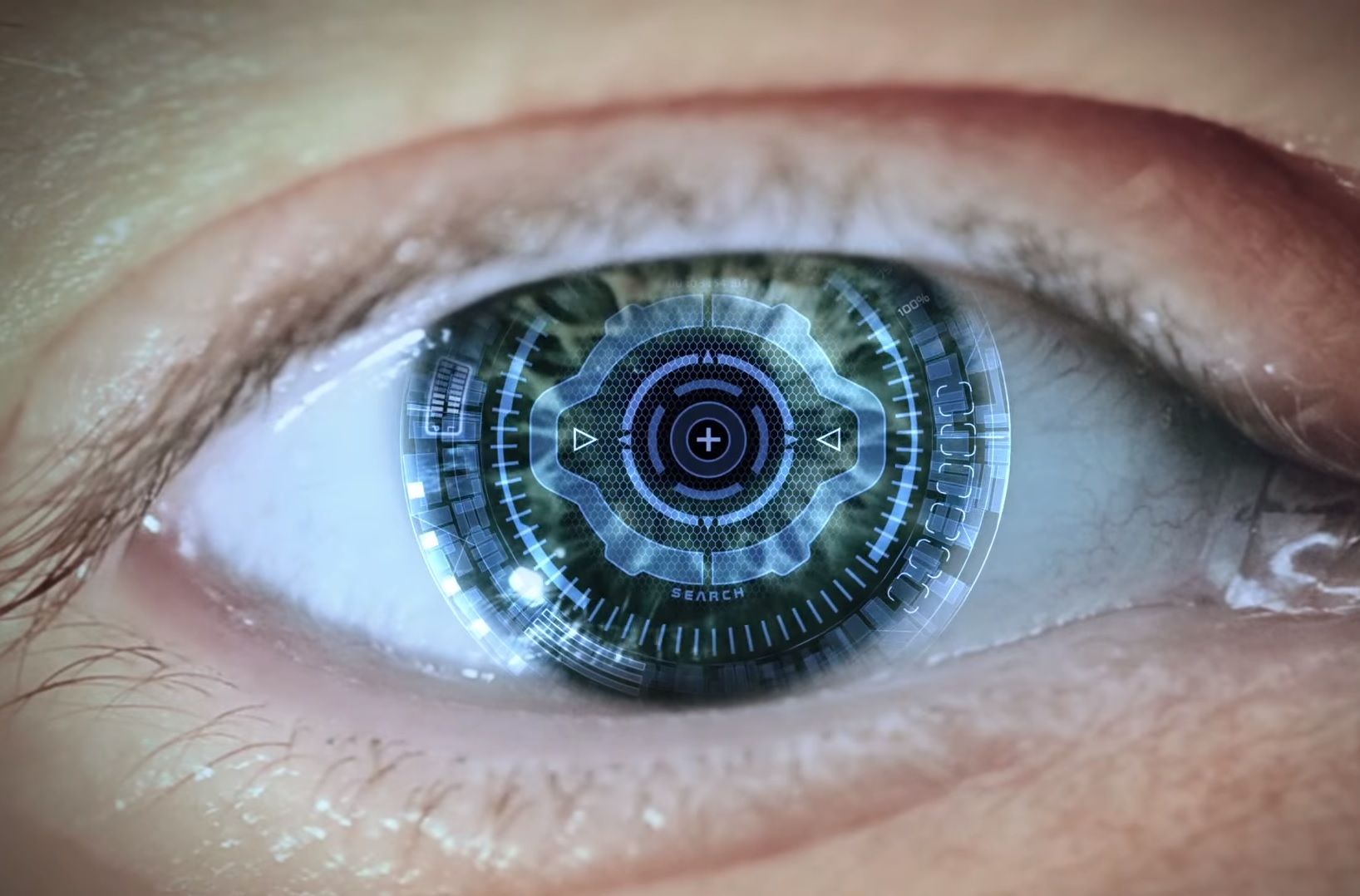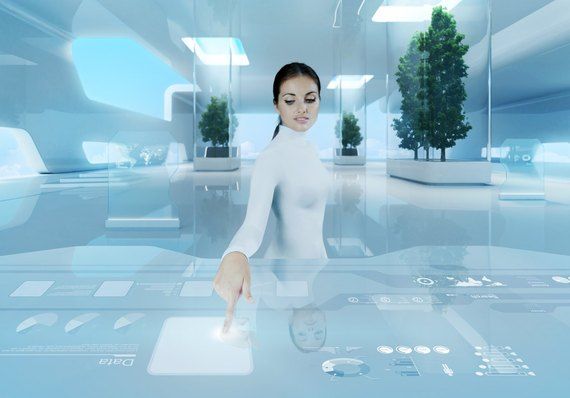You Can “Feel” Your Fingers With This Bionic Arm
Researchers have built a bionic arm that allows patients to control and “feel” their individual fingers.
You Can “Feel” Your Fingers With This Bionic Arm
Researchers have built a bionic arm that allows patients to control and “feel” their individual fingers.

Expansion of BMI and Bionics has now come to Purdue University.
WEST LAFAYETTE, Ind. (WLFI) — Researchers at Purdue have been working on technology that will help pave the way for the future people who use artificial limbs.
“The point of these research labs is to discover new technologies that we can translate into the real world and make the world a better place,” Purdue Center for Implantable Devices Director Pedro Irazoqui said.
Bionic limbs are artificial limbs which use signals sent from the brain, nerves and muscles to operate as the user wishes — just like real limbs work.
New story and video on transhumanism from Vocativ:
His name is Zoltan Istvan, and he’s running on the Transhumanist ticket.
By Ethan Harfenist.
SHARE

Not only Google; there is Huawei and their AR contacts and Samsung are also making AR Contacts. And, the news 3 weeks ago shows that Samsung has applied for their own patent.
Google has filed a patent for what sounds like a bionic eye.
A patent filed in 2014 and published Thursday describes a device that could correct vision without putting contacts in or wearing glasses everyday.
But to insert the device, a person must undergo what sounds like a rather intrusive procedure.


My new story for The Huffington Post on the virtue of reason and asking: Why?.

Image of the future — By Smart Gadget Technology
The human race is on the threshold of so much revolutionary change. It’s mostly due to the emerging field of transhumanism: a social movement that aims to use science and technology to radically modify the human body—and modify the human experience. I get asked all the time: What is the best way to handle such changes—like the merging of humans with machines to make cyborgs? Or spending more time in virtual reality then normal reality? Or biohacker brain implants that let us use telepathy with one another (which eventually will lead us all to be connected via a hive mind)?
I think it’s easiest to let Jethro Knights—protagonist of my philosophical, Libertarian novel The Transhumanist Wager—answer. Below is a modified and condensed version of a speech he gives to the world, near the end of the book:
There are two all-important ways to navigate a correct path in the new transhuman future: The first is to constantly use the utmost reasoning of which our brains are capable while negotiating our way through life; the second is to incessantly question everything.

Nthing new; nice to see more folks waking up.
We’re moving beyond just prosthetics and wearable tech. Soon, we’ll all by cyborgs in one way or another.
From The Six Million Dollar Man to Inspector Gadget to Robocop, humans with bionic body parts have become commonplace in fiction. In the real world, we use technology to restore functionality to missing or defective body parts; in science fiction, such technology gives characters superhuman abilities. The future of cyborgs may hinge on that distinction.
The Defense Advanced Research Projects Agency (DARPA) plans to develop a brain implant that links human brains to computers. Under the Obama administration’s Brain Initiative, DARPA has developed eight programs designed to enhance human physical and cognitive capabilities. The Neural Engineering System Design program seeks to “bridge the bio-electronic divide” via a small implant that acts as a translator between the brain and the digital world, giving humans improved sight and hearing.
The sky above Osaka Bay is saturated in light pollution teeming from the neon-soaked metropolis below. Military bi-copters circle in patterns between the antenna towers of Niihama City’s looming skyscrapers as they survey the scene of an ongoing domestic security operation. Kneeling from atop the edge of one of these towers is a figure; a mauve-haired saboteur of the state clad in a leotard, side holster, and leather jacket. Combat boots and leggings hiked just past her knees with her upper thighs left exposed. An external HD cable juts from a small input jack indented at the base of her neck.
Her pupils dilate, sifting through the visual noise of an embedded surveillance feed while combing the room below for suspicious movements. She detaches the cable at her subordinate’s signal, stands upright and removes her clothing. She leans over the edge of the building, a smirk streaking across her otherwise stoic expression. A rappel line heaves sharply, suspending her body directly adjacent to that of her target, who is now only a trigger pull from annihilation.